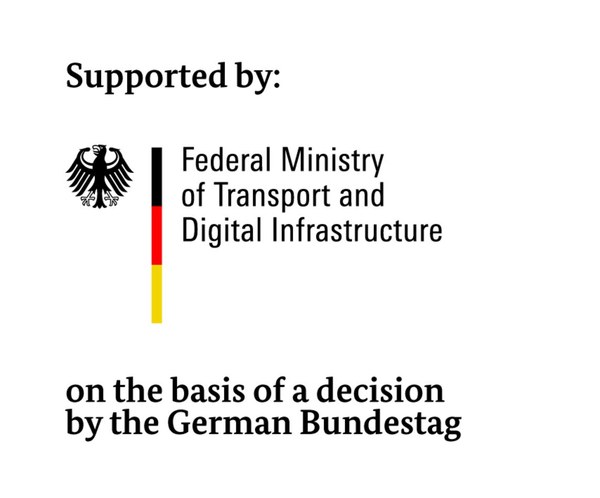Research Cooperative Systems
The department is pioneering new autonomous mobility solutions by researching, designing, and demonstrating connection, automation, cooperation, and coordination for vehicles, system networks, and us humans.
In combination with a digital traffic infrastructure, connected and automated vehicles offer great potential for making the interaction of road users at urban intersections more efficient and safer. The challenge for automated and connected driving lies in the complexity and dynamics of mixed traffic at urban road junctions. Automated and non-automated vehicles meet cyclists and pedestrians.
In the Digitaler Knoten 4.0 project, the research participants are investigating the networked, efficient and safe organisation of such mixed traffic situations. Until 2019, solutions will be developed in simulators and at road junctions of the DLR's digital test field AIM (Application Platform for Intelligent Mobility) in the city of Braunschweig, which will network the differently equipped road users with each other. This includes the following research areas:
The concepts developed are tested and validated in simulations and in real-life traffic situations in the AIM digital test field. The practical testing of the project's driving scenarios prepares for the regular operation of automated and connected driving in mixed road traffic in urban areas.
Specifically, the scientists are testing communication between an automated vehicle and the traffic lights at a junction, for example. The research vehicles will also carry out automated lane changes and cooperate with other vehicles when crossing junctions.
Turning left is being investigated in particular, as this is where there is the greatest potential for conflict at junctions. During automated left turns, the research vehicles involved cooperate via vehicle-to-vehicle (V2V) and vehicle-to-infrastructure (V2I) communication in order to quickly find a safe gap through oncoming traffic. Based on sensor data, for example from infrastructure sensors that provide a good overview or from the smartphones of pedestrians and cyclists, the so-called vulnerable road users (VRU), the automation system is informed of their whereabouts at an early stage so that a safe passage can be planned. The information is transmitted via a special WLAN or network standard.
In order to improve traffic flow and safety at inner-city junctions in particular, a new type of cooperative junction control concept is being implemented in the Digital Junction 4.0 project as an alternative to conditional turning. Pre-signalling and pre-sorting at junction approaches is being investigated to ensure that automated and non-automated vehicles can cross the junction area efficiently and safely.
Project title:
Digitaler Knoten 4.0
Duration:
12/2016 to 05/2019
Project volume:
€ 7.8 million (of which € 5.8 million subsidised by the BMVI)
Contracting authority:
Federal Ministry of Transport and Digital Infrastructure (BMVI)
Network coordinator:
German Aerospace Center (DLR)
Project participants:
AVL Software and Functions GmbH
NORDSYS GmbH
Oecon Products & Services GmbH
OFFIS
SCHLOTHAUER & WAUER GmbH
TU Braunschweig with the NFF
Volkswagen AG


